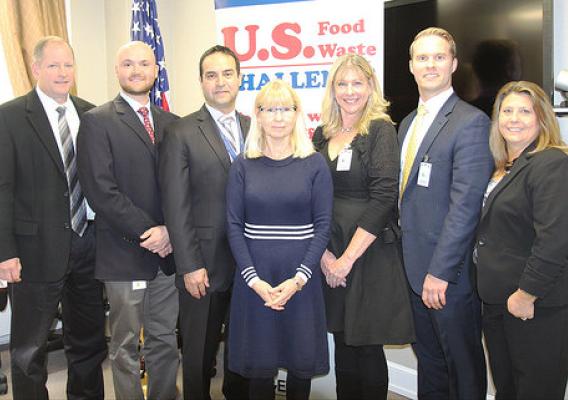American agriculture today is a complex web of producers, processors, and marketers all working to produce a safe and nutritious food supply and serve the needs and wants of consumers here in the U.S. and all across the world. As people have become more interested in what they eat and where their food comes from, the wide range of consumer preferences has led to a highly diversified marketplace.
Some consumers shop based solely on price, and others are drawn to the latest products they find in their grocery stores. Some try to buy locally produced food, and others seek out organic products. Because our farmers grow crops to meet all preferences, they often need to take special precautions, such as keeping their crops separated from their neighbor’s production, and ensuring their harvest is diverted into the correct product stream. This can be a challenge for those that share the land, machinery, or shipping equipment with their neighbors. They need to find a way to produce crops with the specifications their markets require, while also coexisting with nearby farms growing products for other markets.









